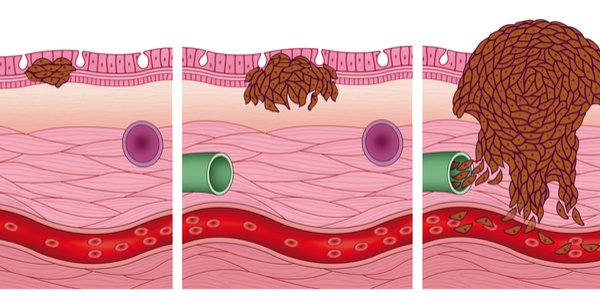What You Should Know About Stage 0 Melanoma (Melanoma in situ)?
- Updated on: Jul 29, 2024
- 2 min Read
- Published on Apr 19, 2021

What is Stage 0 Melanoma?
In Stage 0 melanoma, the malignant tumor is still limited to the upper layers of the skin (which is called epidermis). The cancer cells are only in the outer layer of the skin and have not grown deeper into the skin.
Stage 0 melanoma is also called melanoma in situ. The term “in situ” is used for this, which is a Latin word meaning “in place”.
In Stage 0 melanoma, the cancer has not yet spread to the lymph nodes or to distant sites (metastasis has not occurred yet).
At this point, there is a risk of the cells becoming cancerous, but they’re simply abnormal cells in the top layer of the skin. Melanoma in situ may appear as a small mole. Though they may appear harmless, any new or suspicious marks on the skin require careful attention and should be evaluated by an expert dermatologist.
Risks associated with stage 0 melanoma
Patients with Stage 0 melanoma are at generally at very low risk of metastases. The average survival rates are high in this stage.
The overall survival rate of 5 to 10 years for Stage 0 skin cancer is 99% to 100%, which means that almost all people diagnosed with Stage 0 have survived for 5 to10 years after diagnosis.
However, it should be noted that the statistics indicate only averages and not absolute survival rate of every individual.
Everyone’s cancer and survival rate is based on many factors and is determined on an individual basis. The survival rates and risks associated with an individual may significantly vary from risks with another person, even though they both may have cancers of the same stage.
Treatment Options for Stage 0 Melanoma (Surgery)
The stage of your cancer helps your doctor decide about the treatment you need. Treatment also depends on:
- Location of the cancer
- Your overall health conditions
Surgery is the main treatment. The standard treatment for Stage 0 melanoma (in situ) is re-excision of the original site with some surrounding region that looks normal. The standard amount of normal skin is about 0.5 centimeters in every direction around the cancer site. The procedure can be done under local anesthetic.
Doctors remove the abnormal mole and a small area of the surrounding skin. Sometimes, a second operation may be needed to remove a larger area of the surrounding healthy tissues where the melanoma in situ existed. This is called a wide local excision.
Stage 0 follow up
All patients with Stage 0 melanoma should meet their doctor for skin examination, according to this schedule:
Skin Examination: Annually by a doctor, Monthly self-examination
Imaging and diagnostic tests: as and when suggested by your healthcare provider to check for specific symptoms and cancer growth
The good news for melanoma patients is that melanoma can be treated if detected early. If melanoma is found and treated early, the chances for survival are excellent.













1 Comment
I really appreciate this post. I have been looking all over for this! Thank goodness I found it on Bing. You have made my day! Thank you again